A short history of NISMO: From the track to the road since 1984
In September 1984, Nissan Motorsports International Co., Ltd., better known as NISMO, was founded in Omori, Tokyo, marking the beginning of a new era for Nissan's racing activities.
Born from the merger of two of Nissan’s motorsports arms—the Advertising Division based in Omori and the Special Car Testing Division in Oppama—NISMO was established to consolidate and elevate the company's racing capabilities, while also bridging the gap between race cars and production vehicles.


The establishment of NISMO came at a time when Nissan was already actively participating in Group C racing. Yasuharu Namba, the brand's first president, was a driving force in the early days of NISMO. He often emphasized the importance of translating racing technology into consumer cars, stating, “NISMO is Nissan's direct works team, and the technology developed through motorsports needs to be fed back into production cars.”
This philosophy became a cornerstone of the brand's operations, continuing to this day, guiding its development of both race cars and street vehicles alike.


In 1985, NISMO tuned Nissan's VG30 turbo engine into a powerful 3.0-liter V-6 that would become the heart of Nissan’s Group C cars. This powerplant marked a significant technological leap for the company, culminating in a historic victory at the WEC-JAPAN race that year—the first ever win for a Japanese engine and driver—Kazuyoshi Hoshino—in the World Endurance Championship.
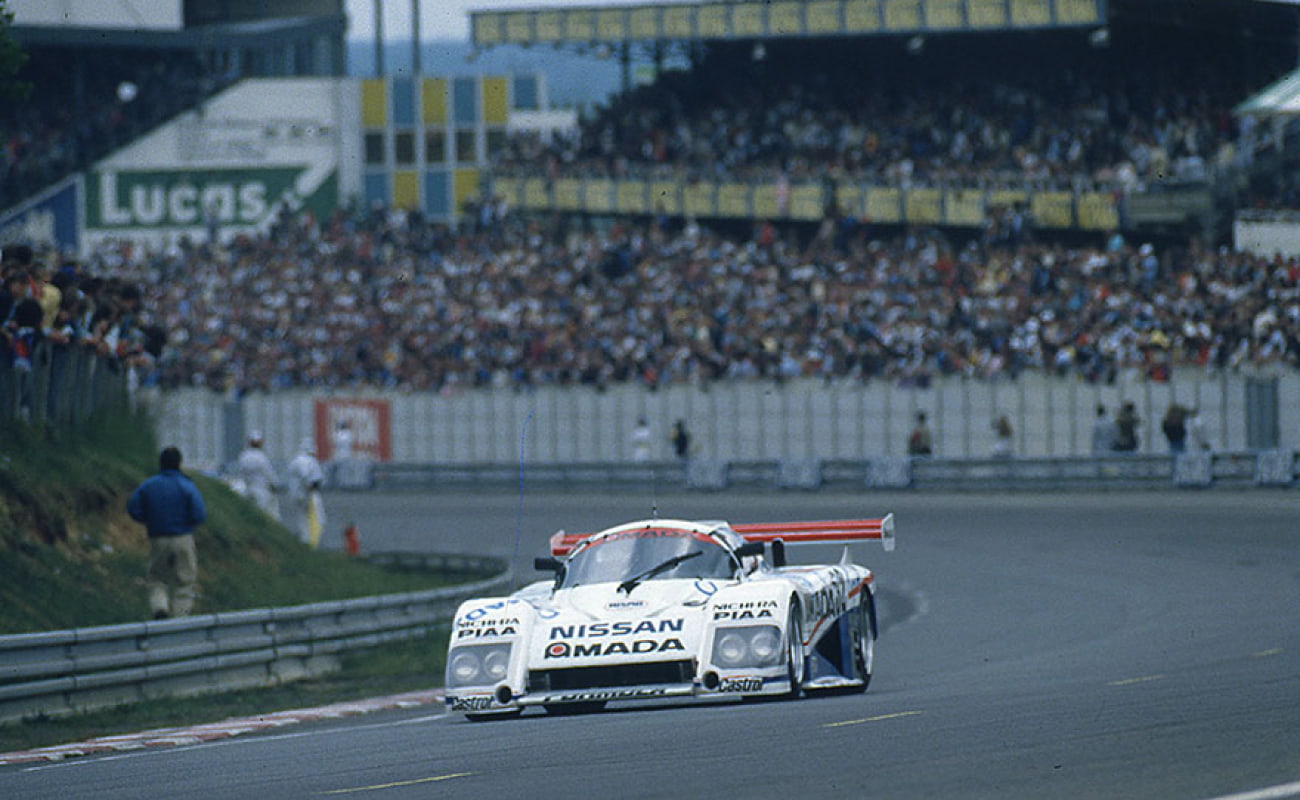
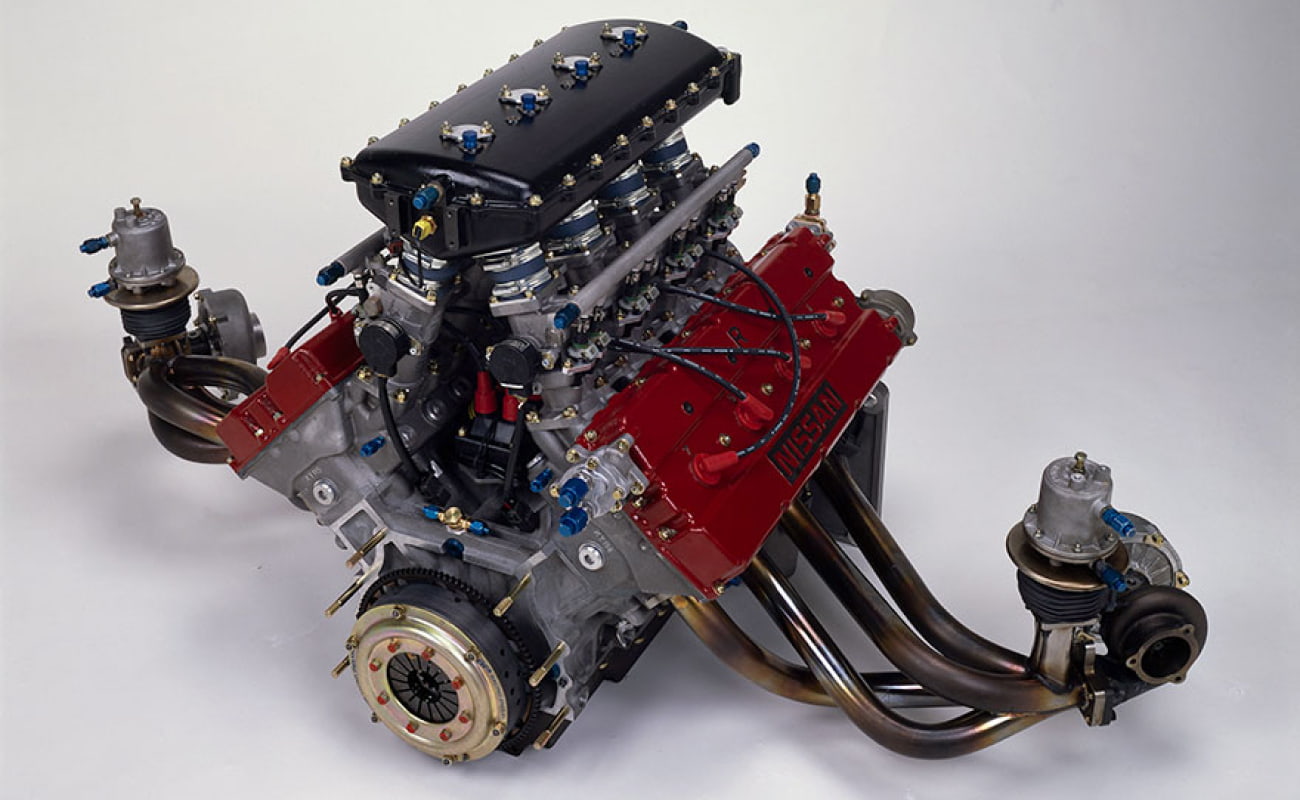
By 1986, the executives at NISMO decided they were ready to take on the world's most prestigious endurance race, the 24 Hours of Le Mans. Although their early years at Le Mans were marked by challenges, these experiences laid the groundwork for future successes.
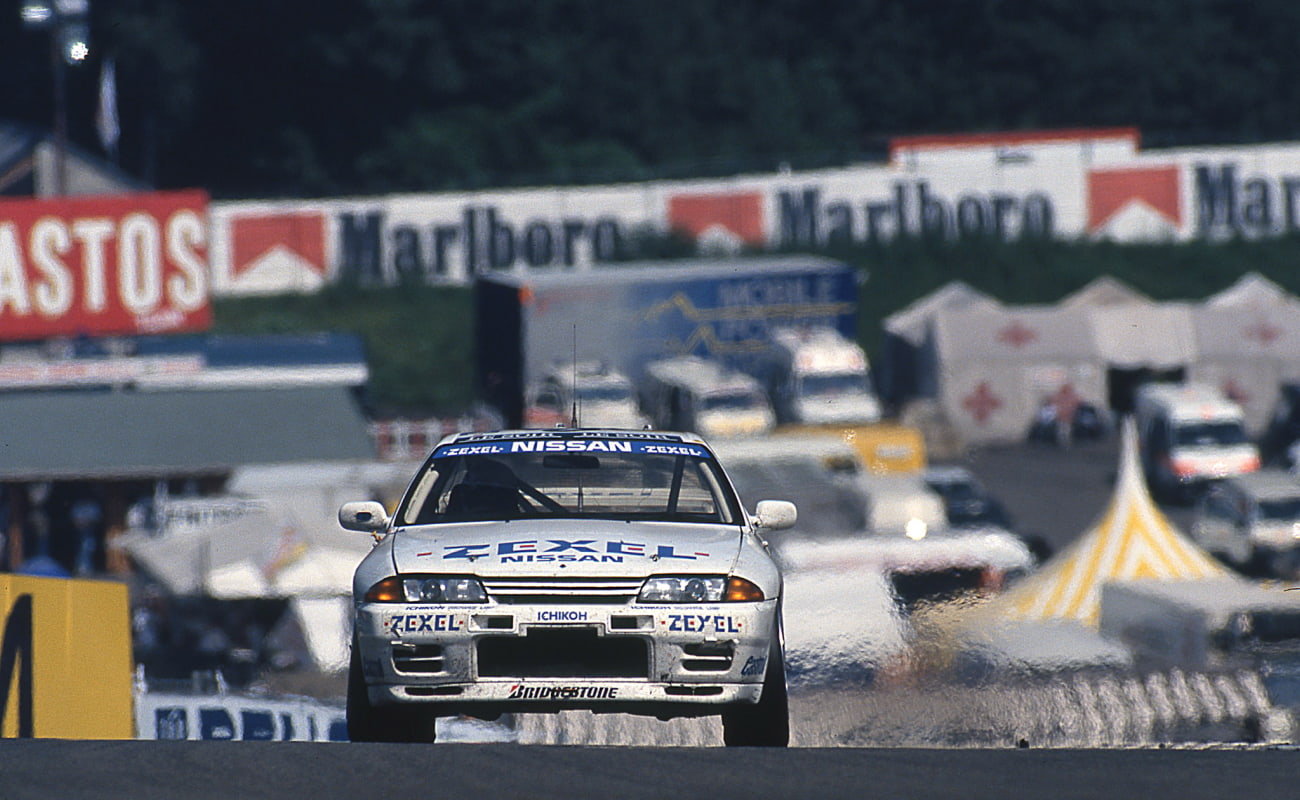
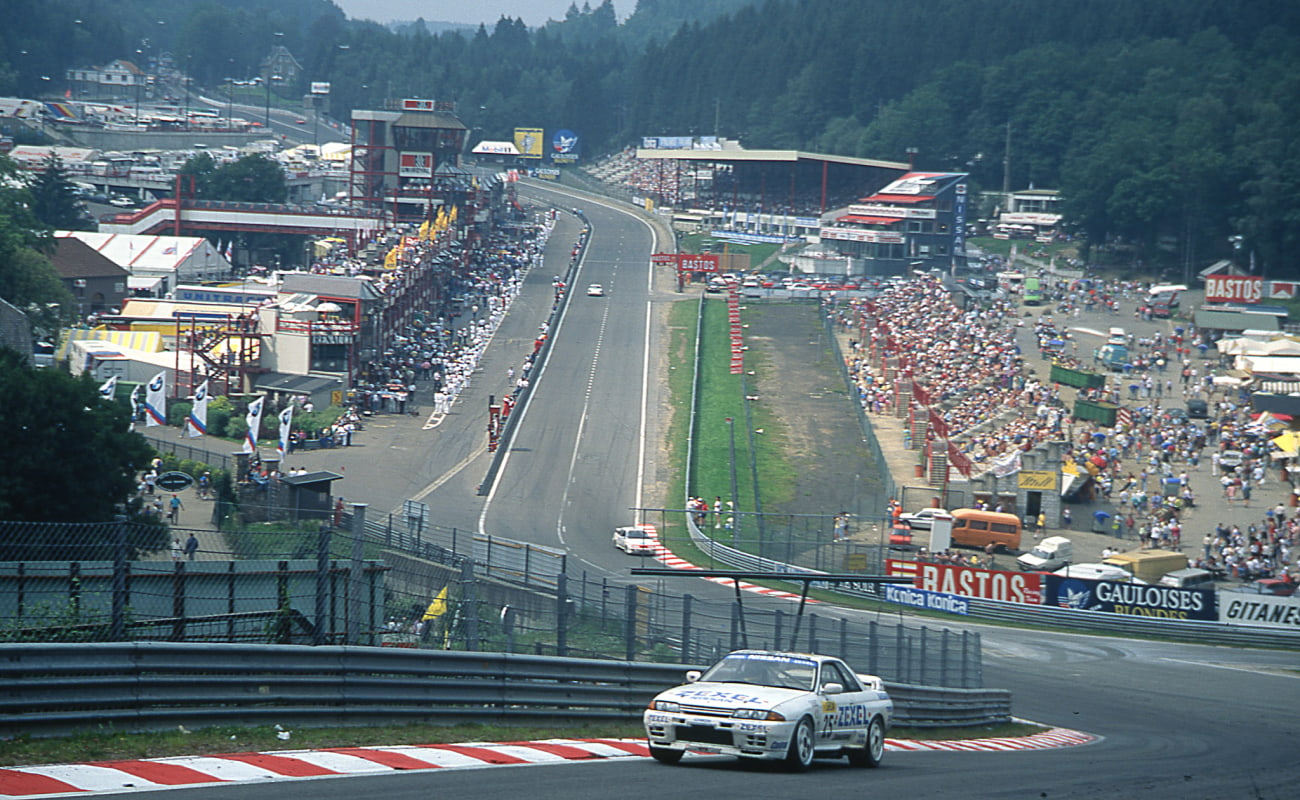
The early 1990's saw NISMO achieve multiple triumphs on the international motorsports stage. This included victory at the Spa 24 Hours in 1991 with the R32 Skyline GT-R. Similarly, the R32 GT-R took the Australian Touring Car Championship with Jim Richards at the wheel, and secured victory at the coveted Bathurst 1000 race.
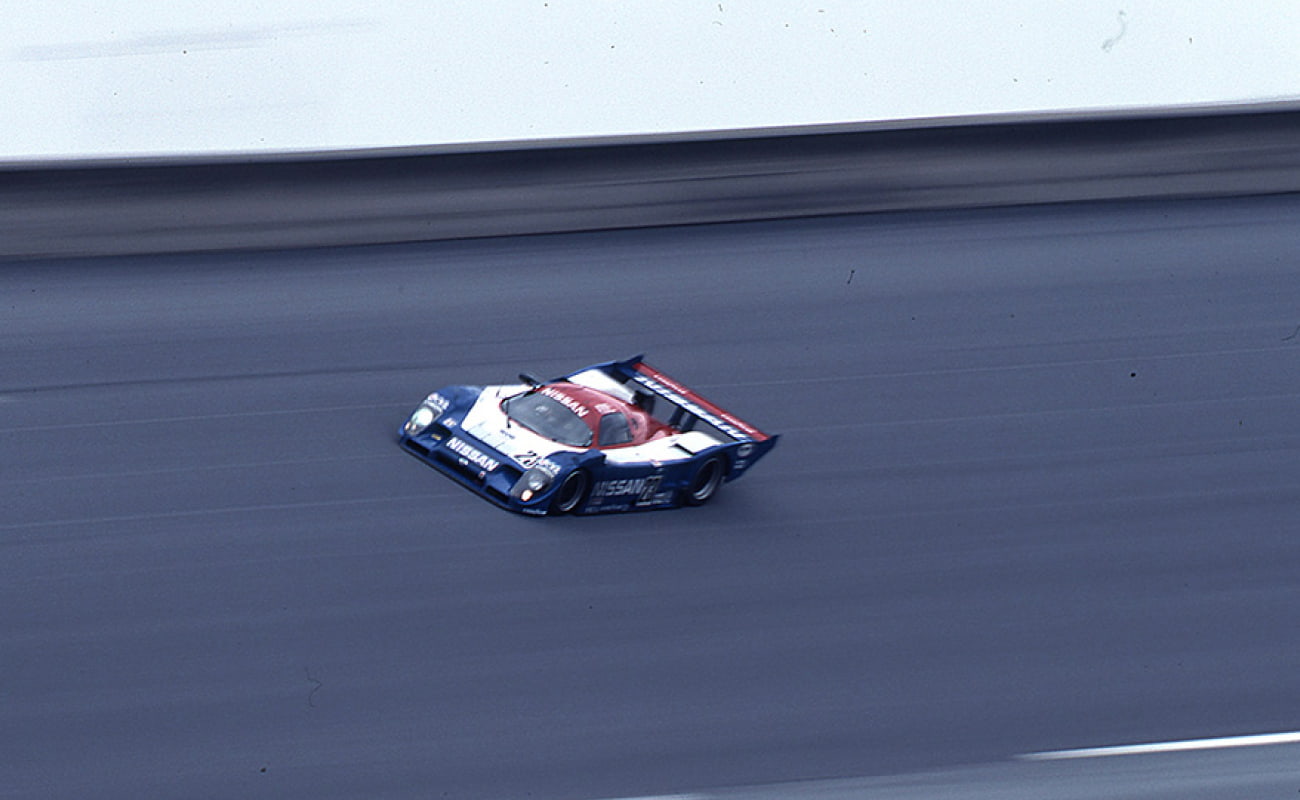

In 1992, NISMO won the overall title at the Daytona 24 Hours with the 3.5-liter V-8 powered R91 CP. In 1994, Namba stepped down as president, with Jiro Adachi taking over. By this time, NISMO's involvement in Group C and Group A racing had concluded, which had been central to its operations since the brand's early days. However, it was also a time of new beginnings, as NISMO began to explore business opportunities beyond motorsports. Recognizing the growing popularity of street tuning, NISMO entered the parts business, leveraging its racing expertise to create high-performance components for popular models like the R32 GT-R and S13 Silvia. This shift in focus and the brand's 10th Anniversary led to the creation of the NISMO 270R, based on the S14 Silvia and limited to a production run of 30 units.


In 1996, NISMO released the now globally renowned NISMO 400R, featuring an extensive list of modifications over the R33 Skyline GT-R on which it was based. It offered 400 horsepower output and increased torque, courtesy of a heavily modified RB26DETT engine with 2.8-Liter displacement.
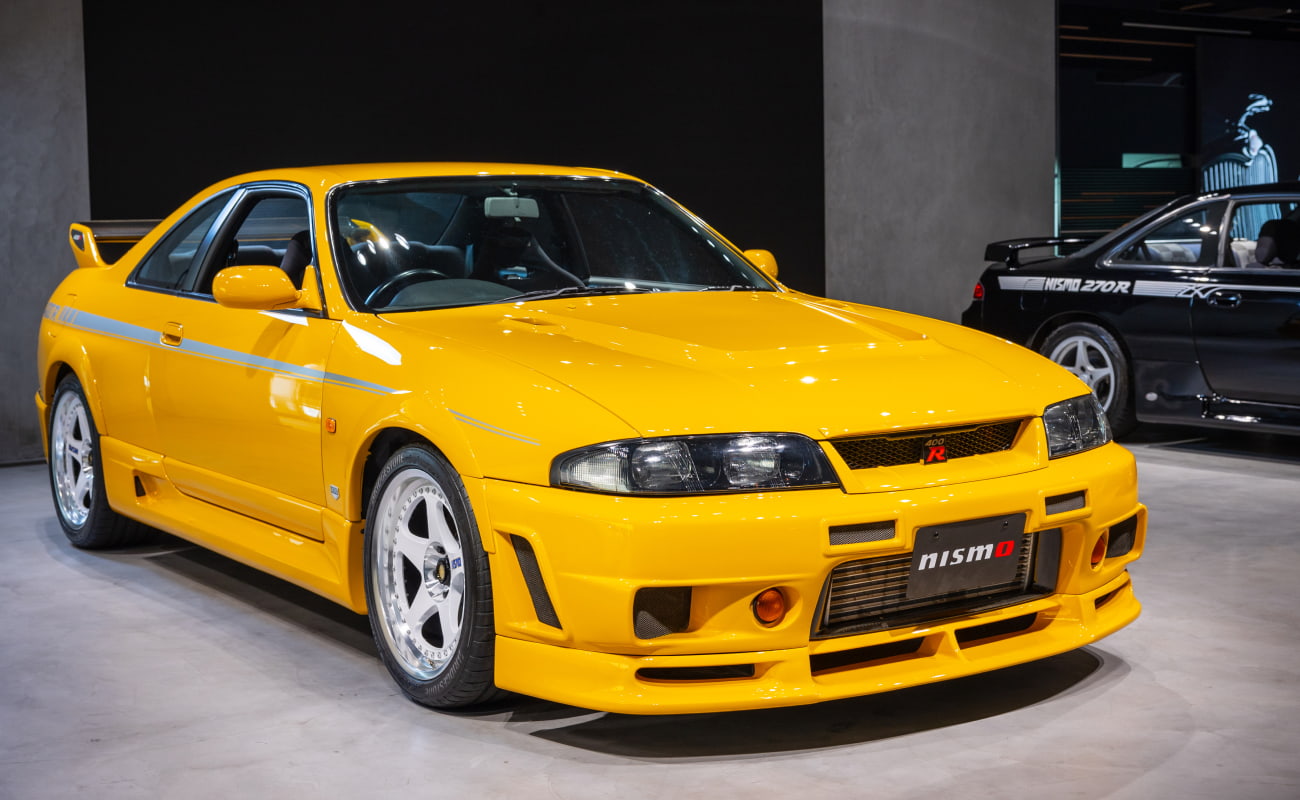
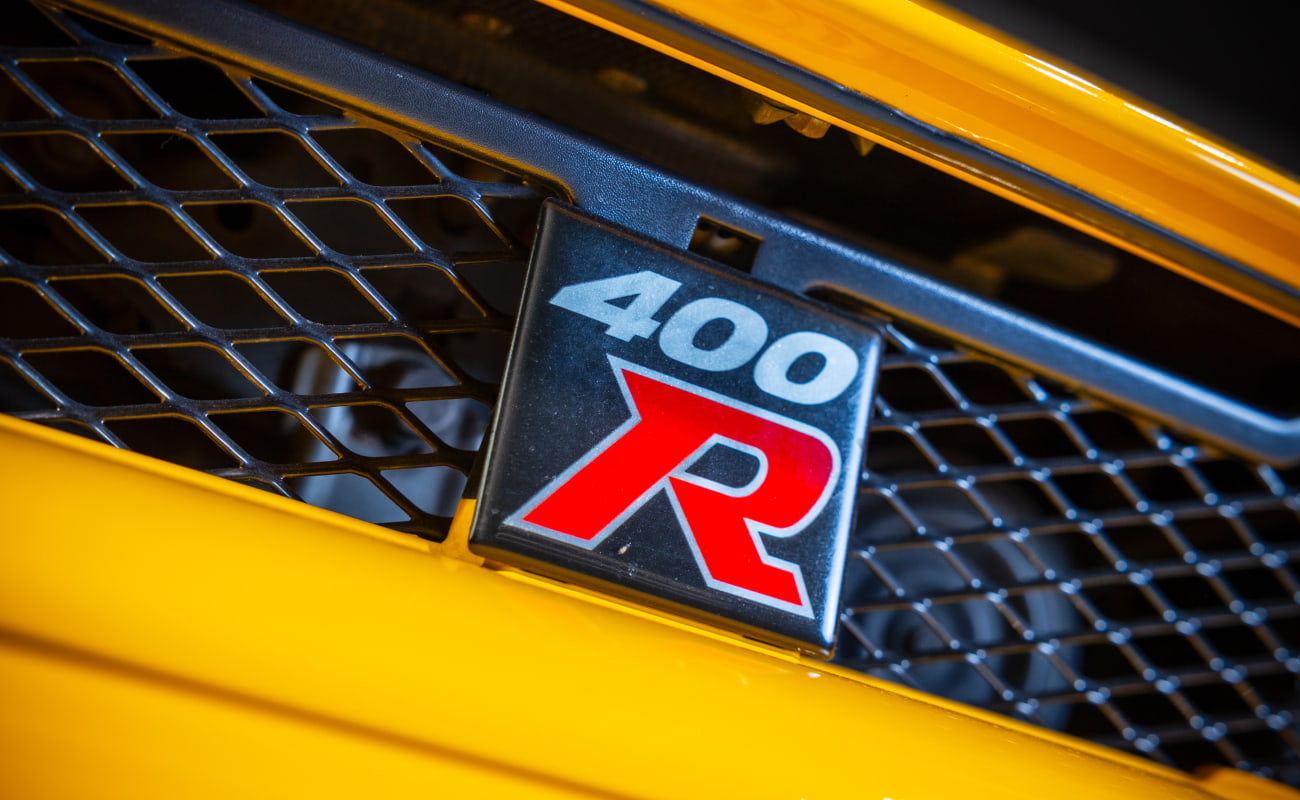
Then came NISMO's first official road car, the Fairlady Z Version NISMO in 2007, and the limited-edition Fairlady Z Version NISMO Type 380RS, sold exclusively in Japan as a road-going variant of the race car that competed in Japan's Super Taikyu endurance racing series.
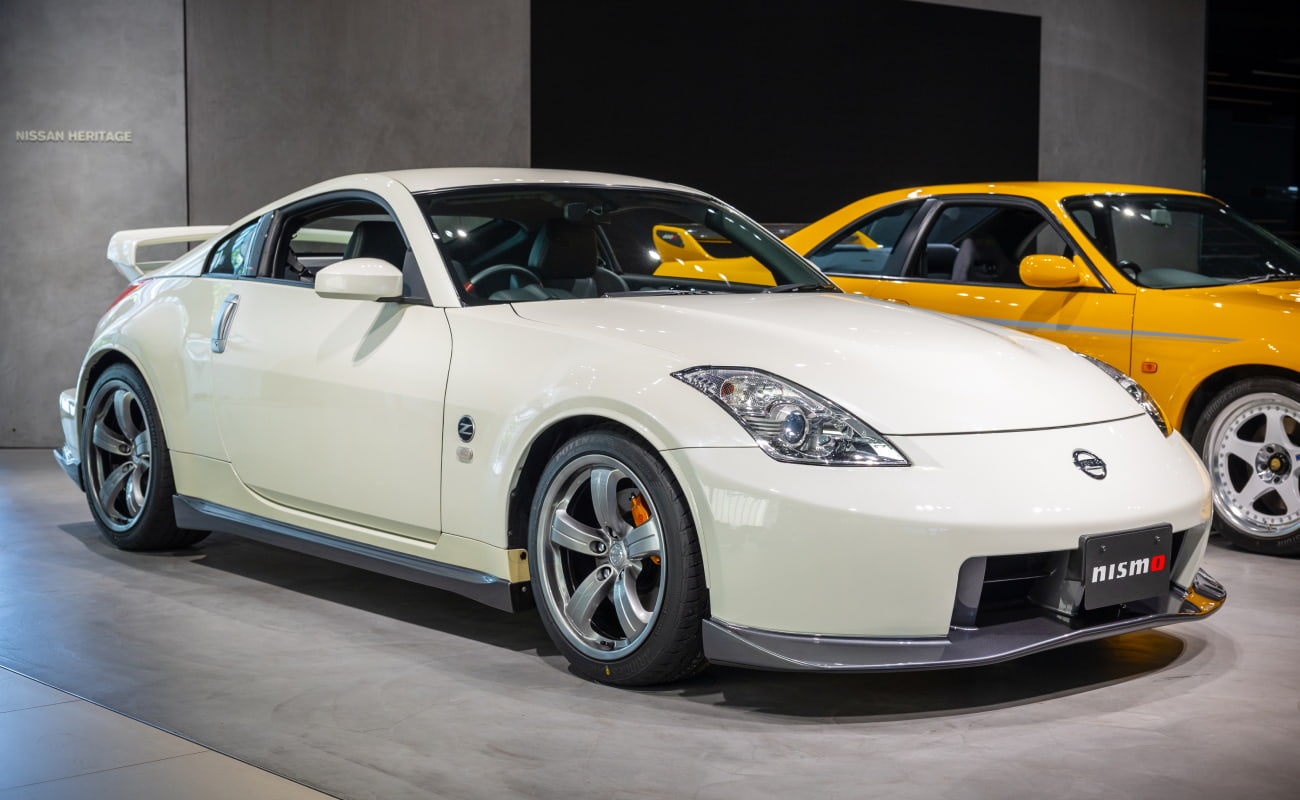
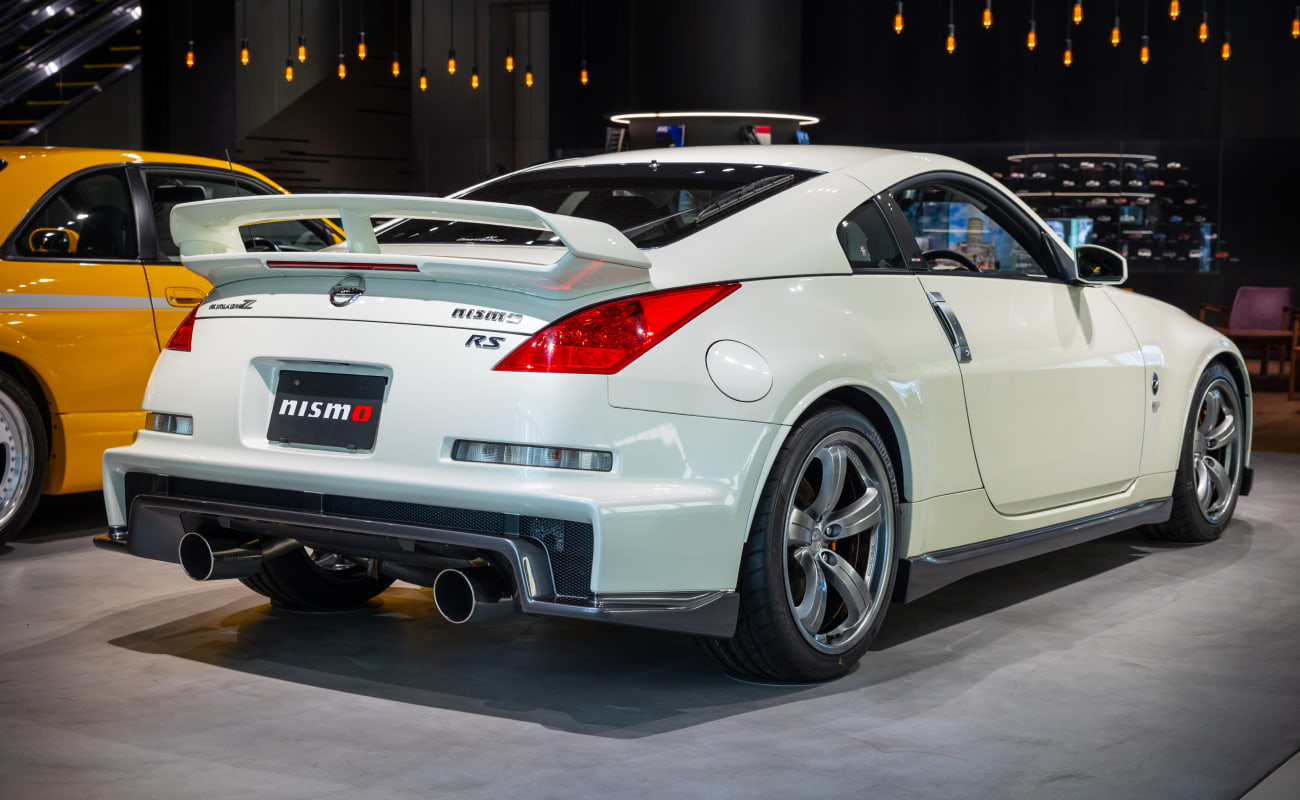
While earlier models also carried the NISMO name—such as the B12 Sunny 305Re NISMO in 1985—the Fairlady Z Version NISMO received a far more comprehensive NISMO treatment than previous examples.
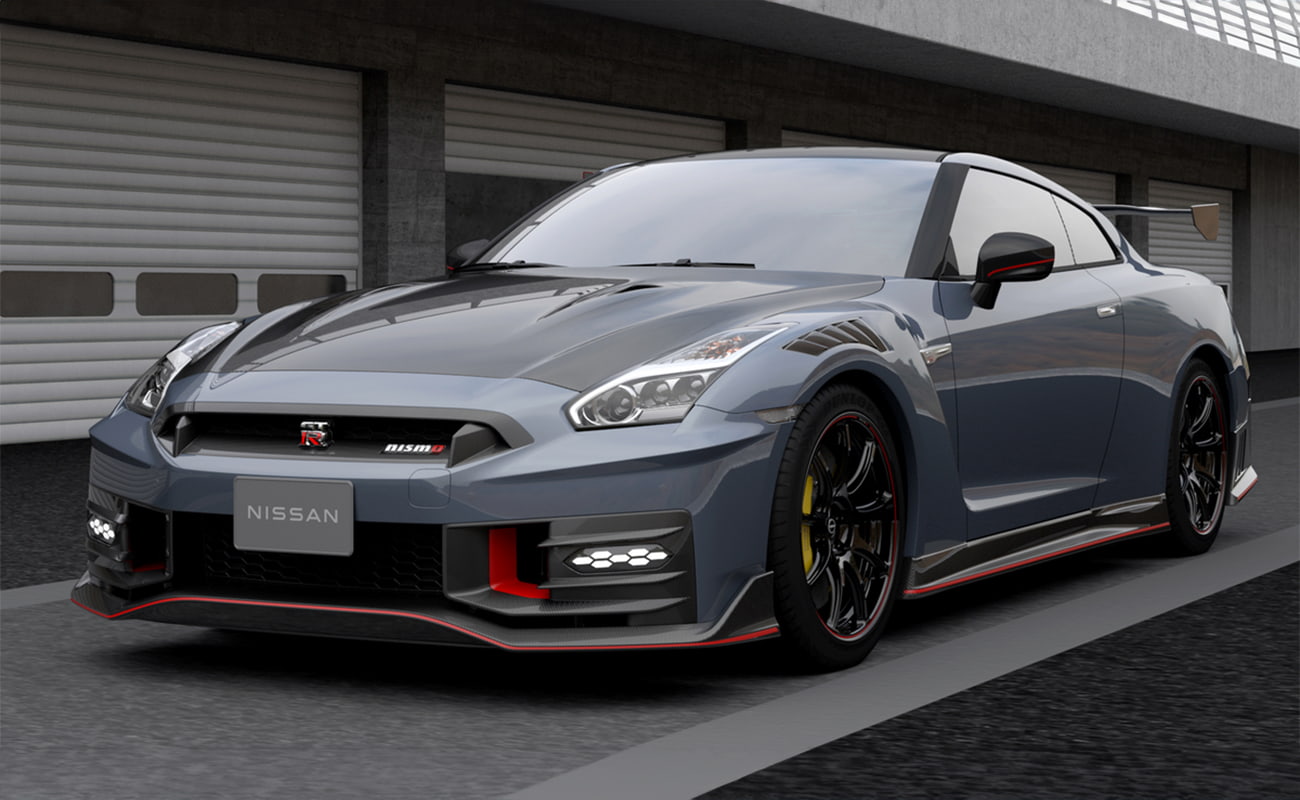
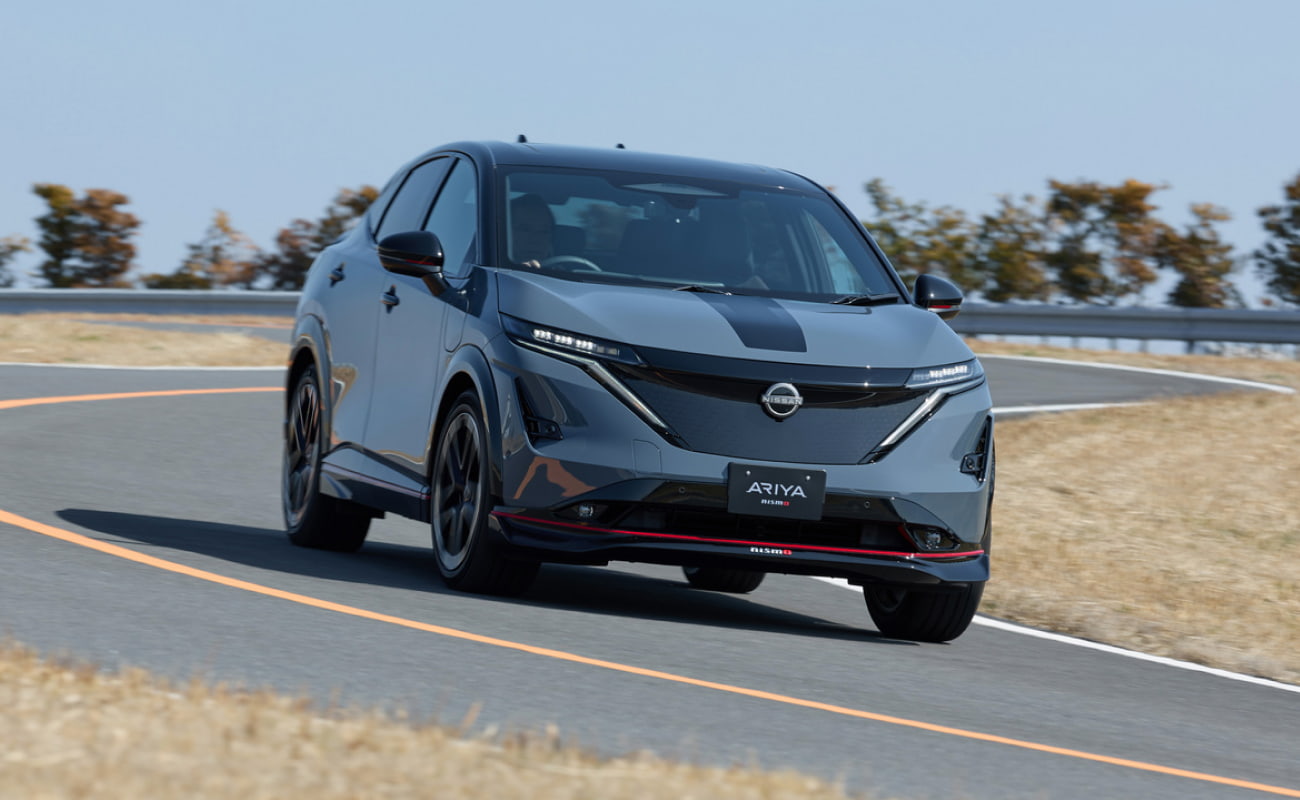
A vast array of subsequent NISMO road cars followed over the years, including the GT-R NISMO, Z NISMO and most recently, the Ariya NISMO.
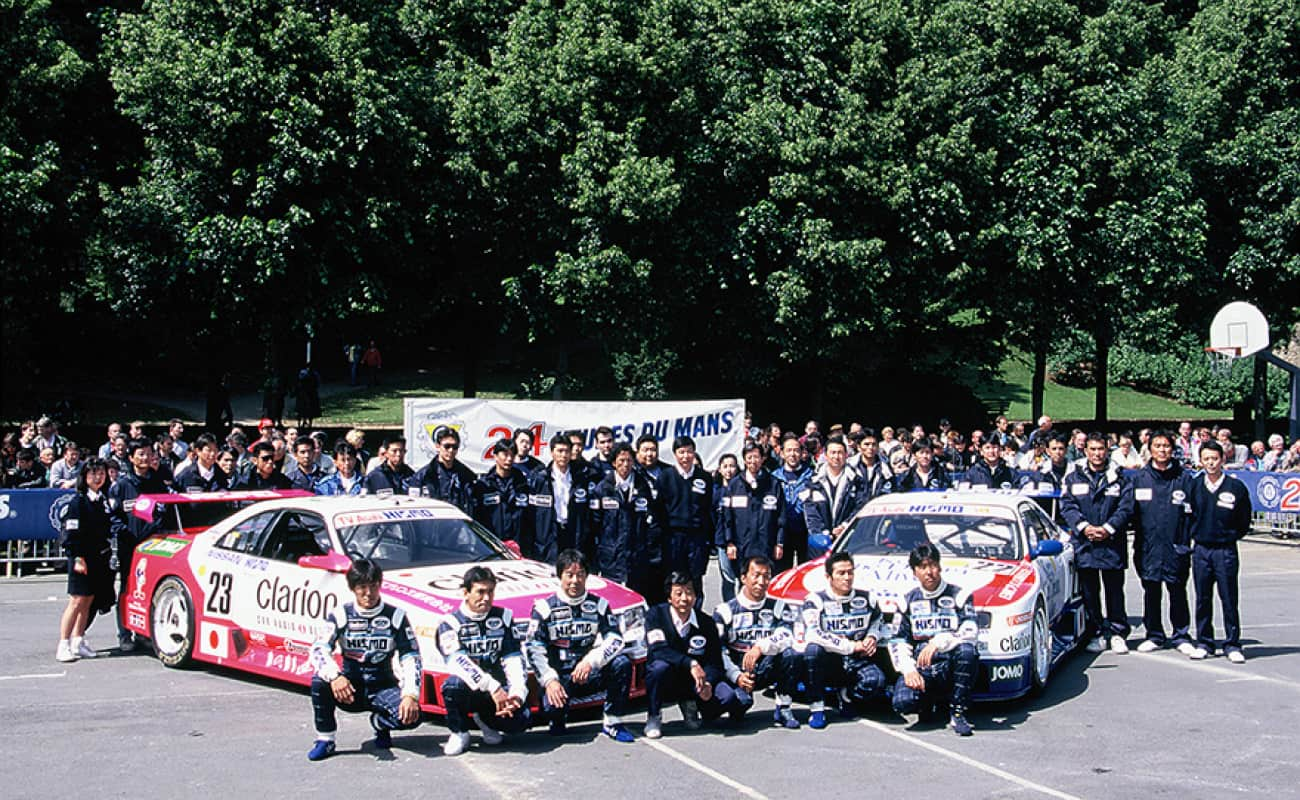
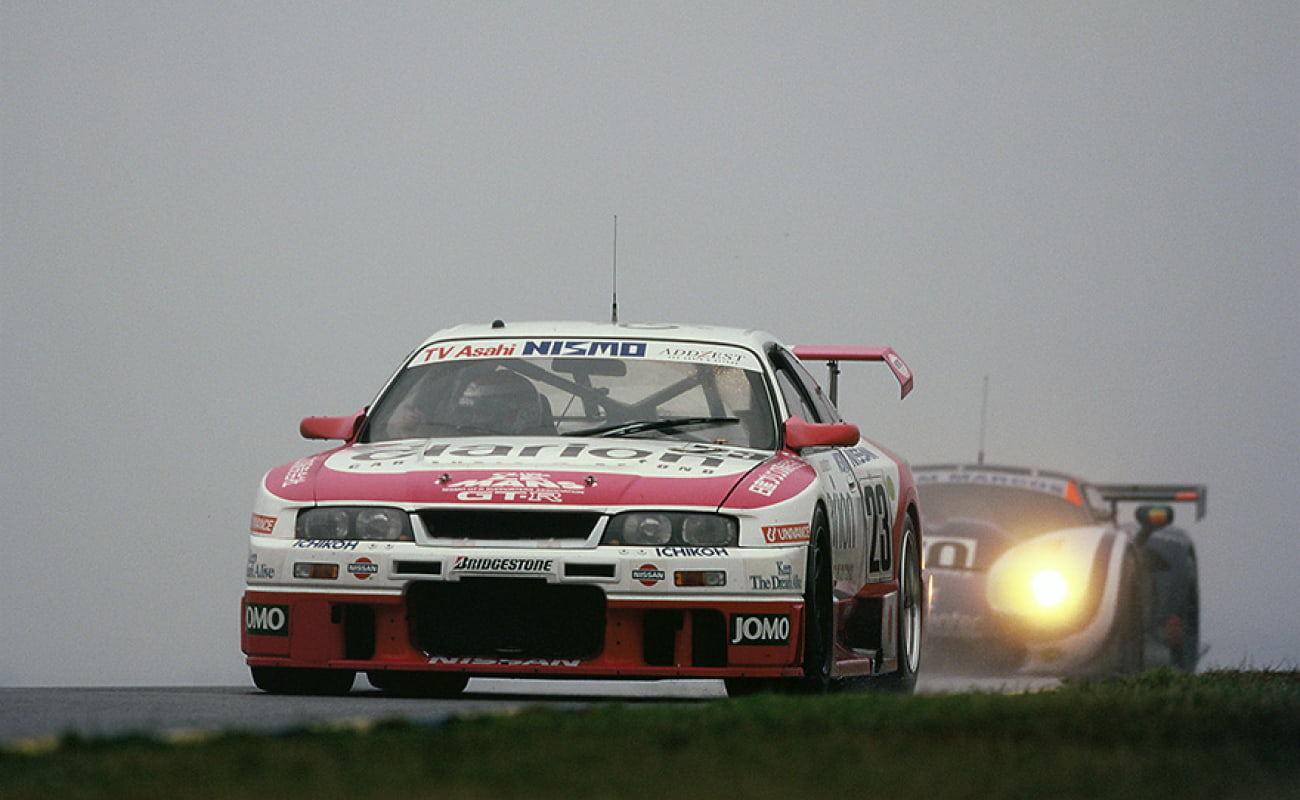
In 1995, with the support of enthusiastic Nissan fans in Japan, NISMO and Nissan initiated their “Le Mans Challenge”, entering the grueling 24hr race with a pair of modified R33 GT-R Skylines. The No.22 car (Driven by H. Fukuyama / S. Kasuya / M. Kondo) achieved 10th overall and 5th in its class. In 1996, the team returned with their No. 23 car (driven by Hasemi / Hoshino / Suzuki) achieving 15th overall and 10th in the class. The program spurred the production and registration of a single road-going unit, the NISMO GT-R LM Road Car, in-line with GT class regulations.
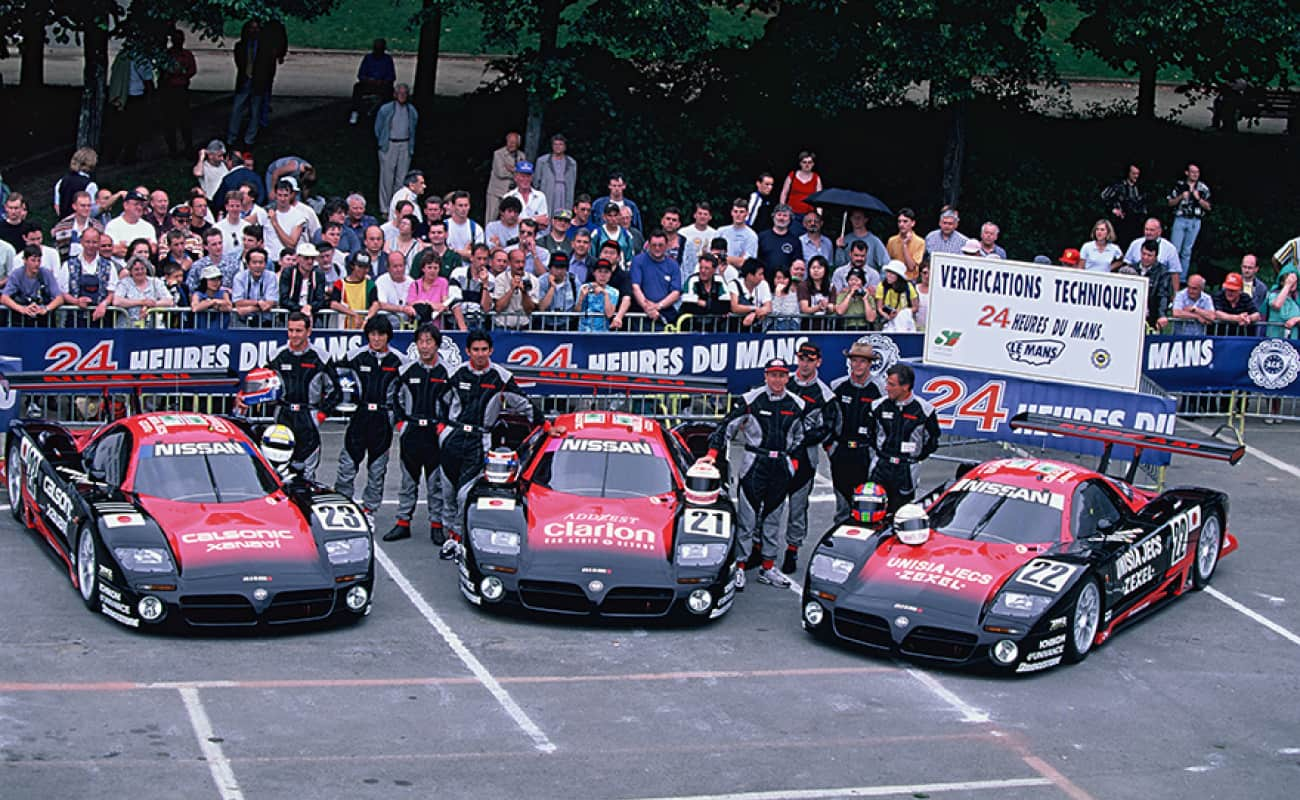
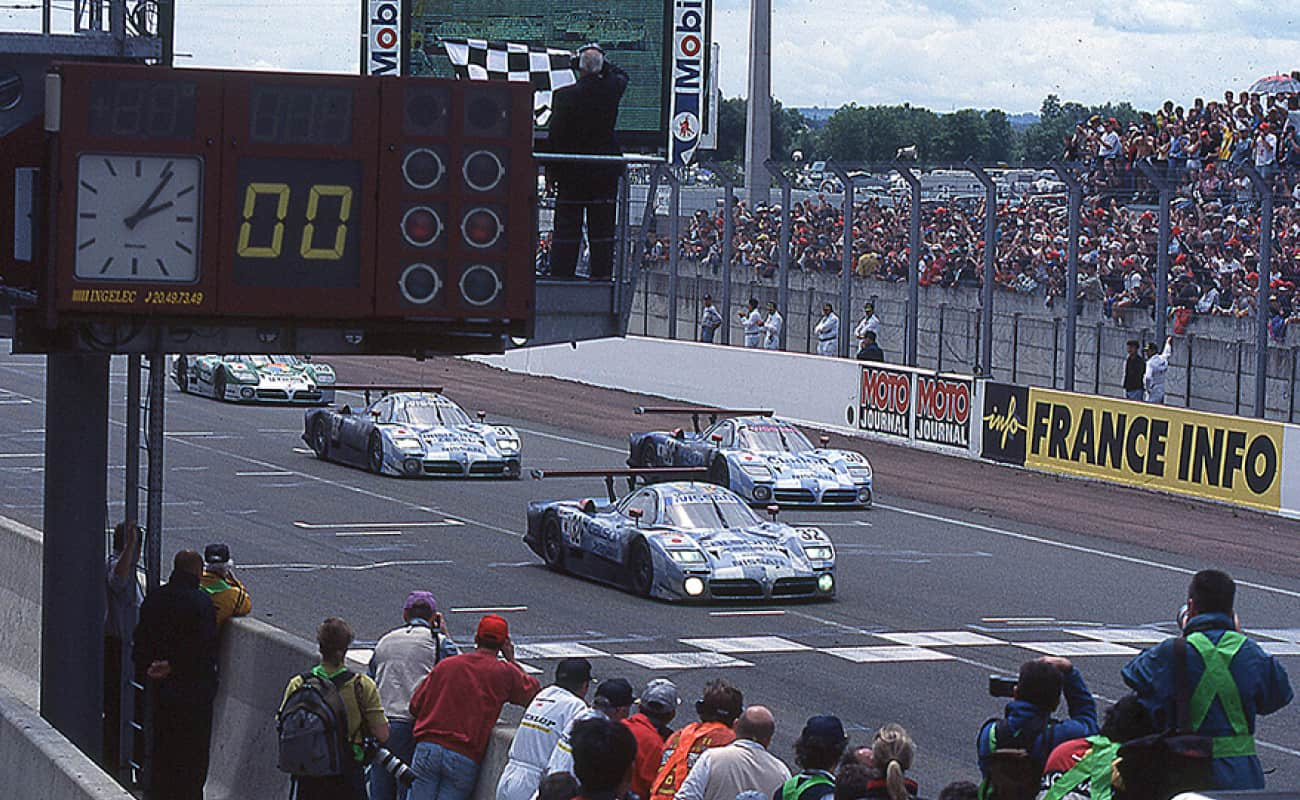
In 1997, NISMO teamed up with England's TWR (Tom Walkinshaw Racing) with three Nissan R390 GT1s to conquer the elite GT1 category at Le Mans. While only one of the cars finished the historic race that year, the following year, a vastly improved version, driven by a team of three Japanese drivers—Kazuyoshi Hoshino, Aguri Suzuki and Masahiko Kageyama—took third place on the podium after completing 347 laps.
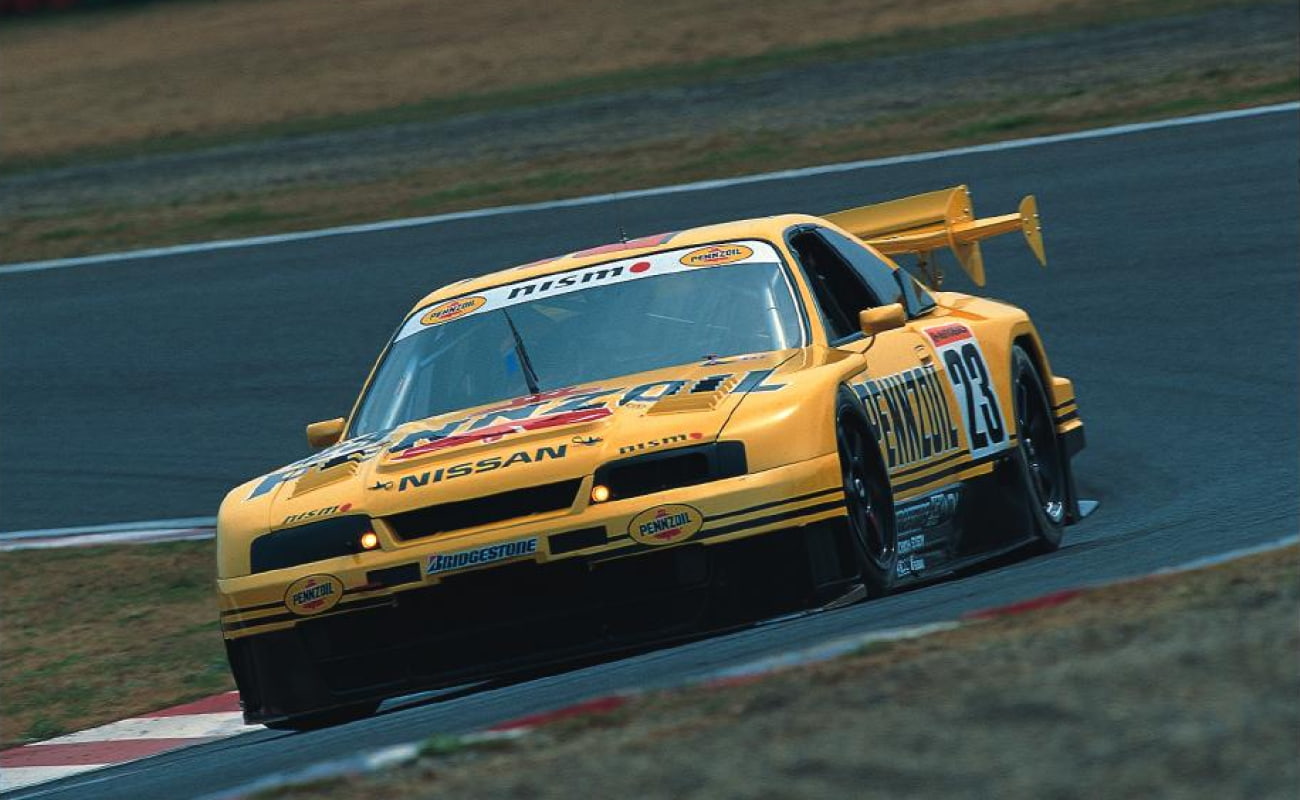
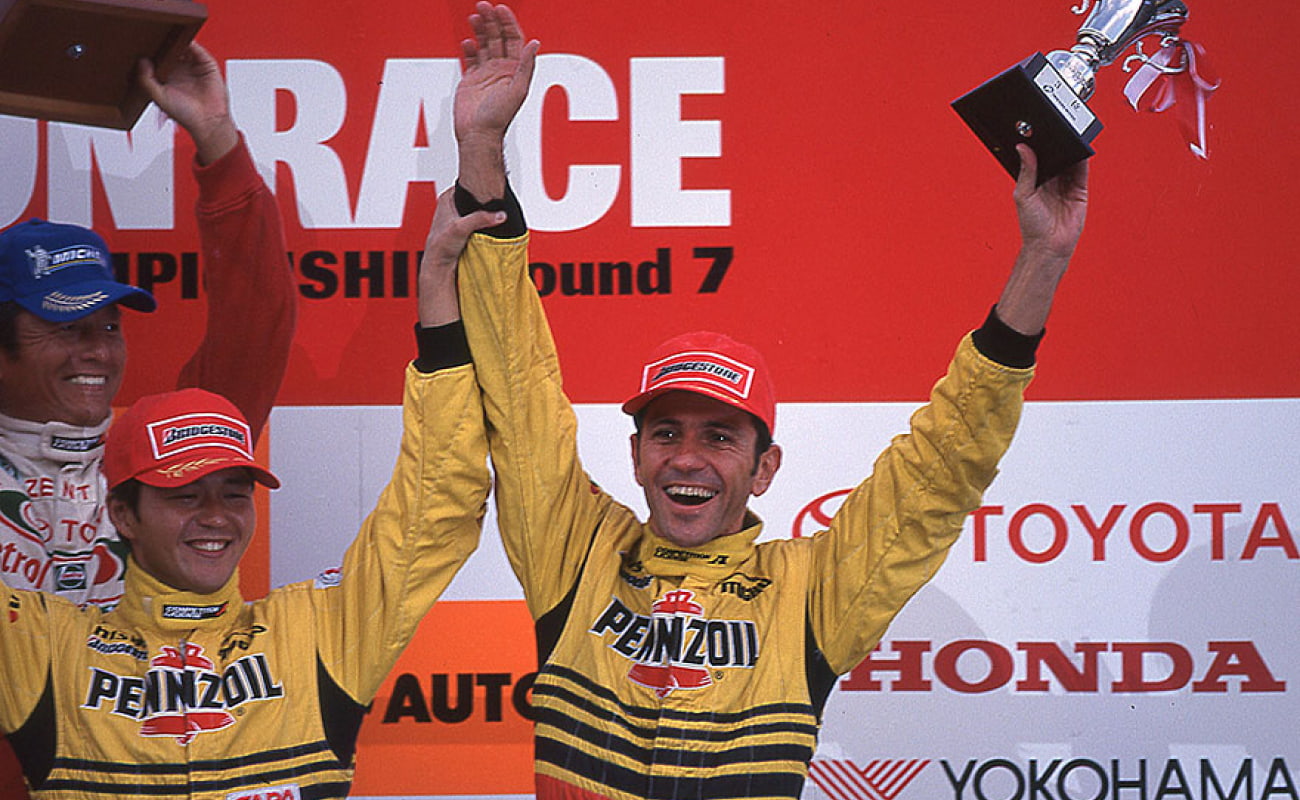
In 1998 and 1999, NISMO dominated the Japan Grand Touring Car Championship (JGTC), now known as Super GT, with Erik Comas claiming two consecutive GT500 championships, first in the R33 Skyline GT-R and then the R34 GT-R. The next two decades saw NISMO piling up Super GT GT500 victories with championships in 2003, 2004, 2008, 2014, and 2015. While in Europe, NISMO clinched the FIA GT1 World Championship in 2011 with the GT-R GT1. The introduction of the NISMO GT3 in 2012 heralded a new era of racing triumphs. Among its most distinguished achievements were an overall victory at the 2015 Bathurst 12 Hour and dominating the Blancpain Endurance Championship in 2015.
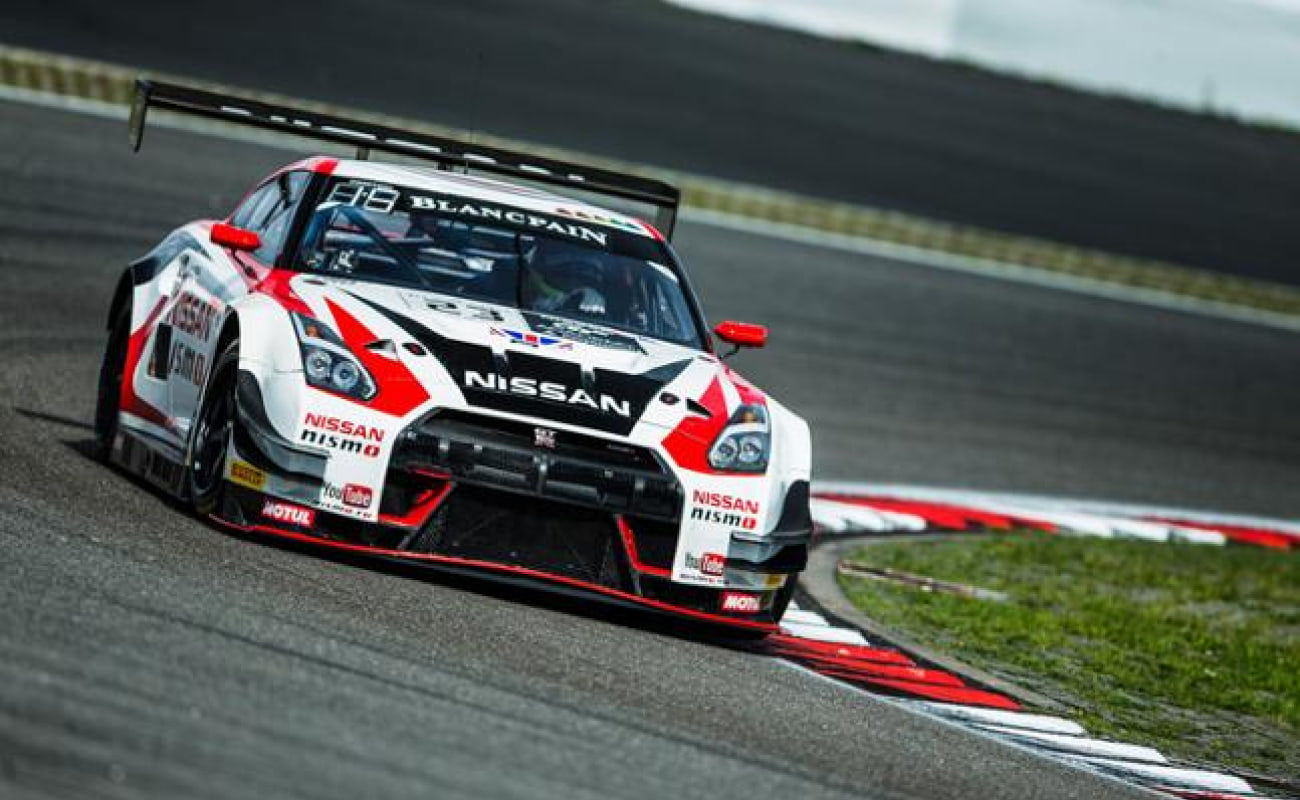
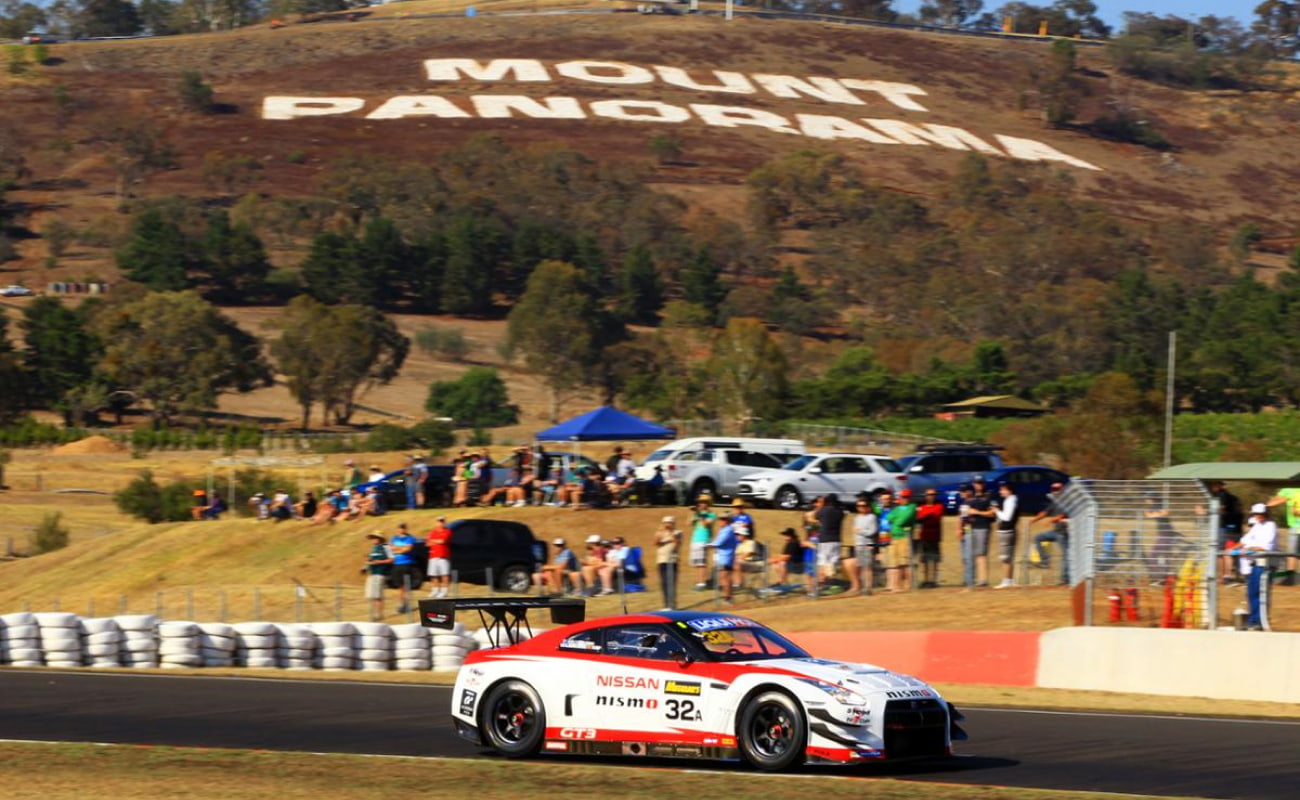
In 2018, Nissan made a bold move into the electric racing arena, joining the Formula E championship for the 2018/2019 season. As the first Japanese manufacturer to enter the series, NISMO quickly made its mark, securing six podiums, including a win by Sébastien Buemi at the New York E-Prix. The team also earned five pole positions that year. In 2021, Nissan reaffirmed its commitment to the FIA Formula E Championship by signing on until the end of the Gen3 era in 2026.
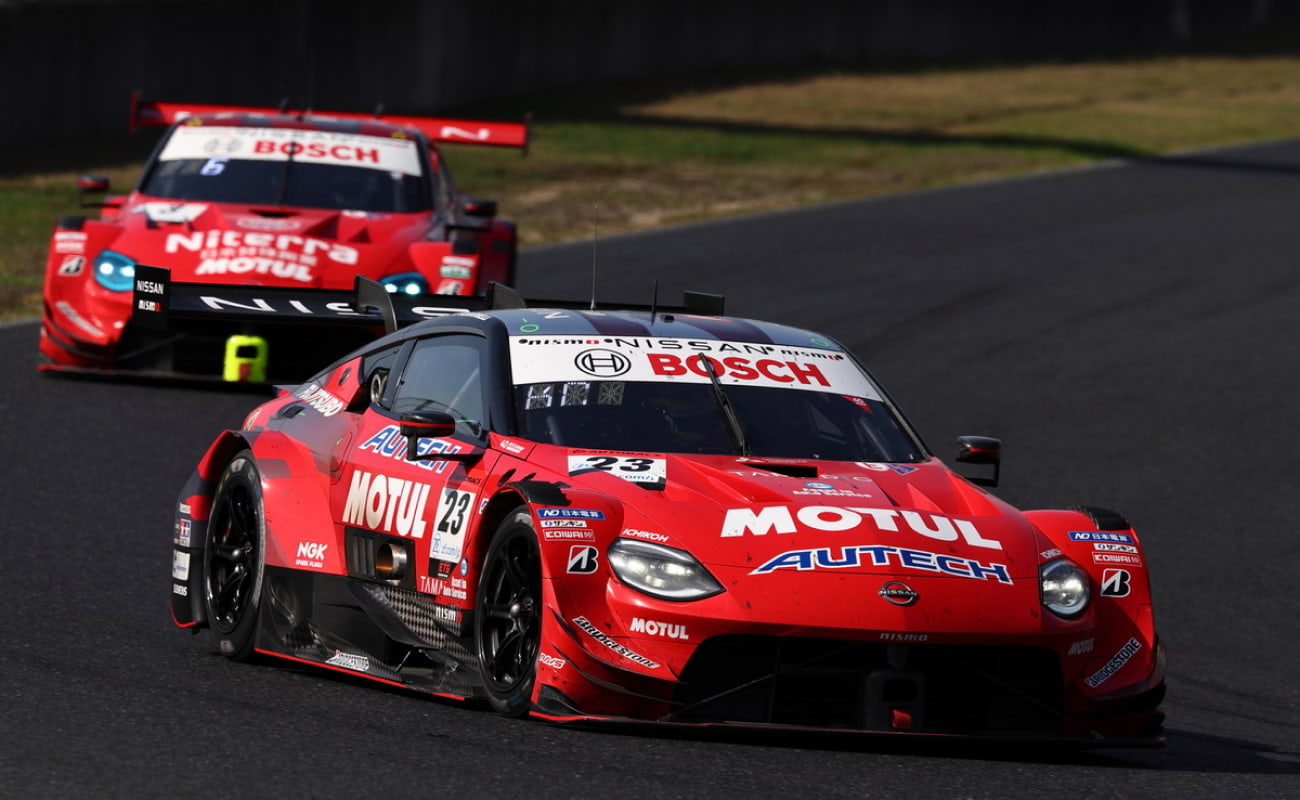
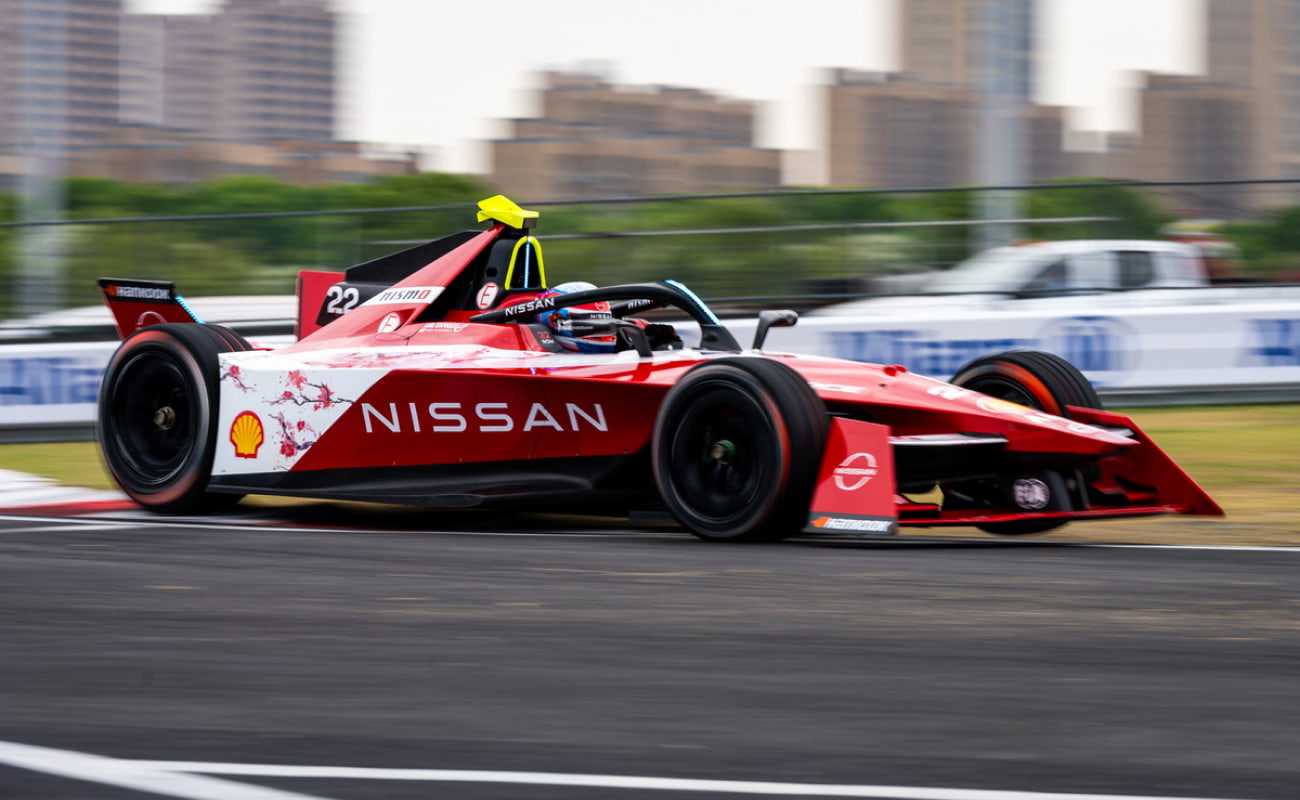
Today, NISMO continues to thrive in motorsports, competing in both the Super GT and Formula E as two main pillars and supporting customer racing programs with Nissan Z NISMO GT4 in the US and Japan. Beyond the track, NISMO remains dedicated to producing road cars, that deliver speed, confidence and exhilaration, such as the recently introduced Ariya NISMO, continuing its legacy of performance and innovation.


